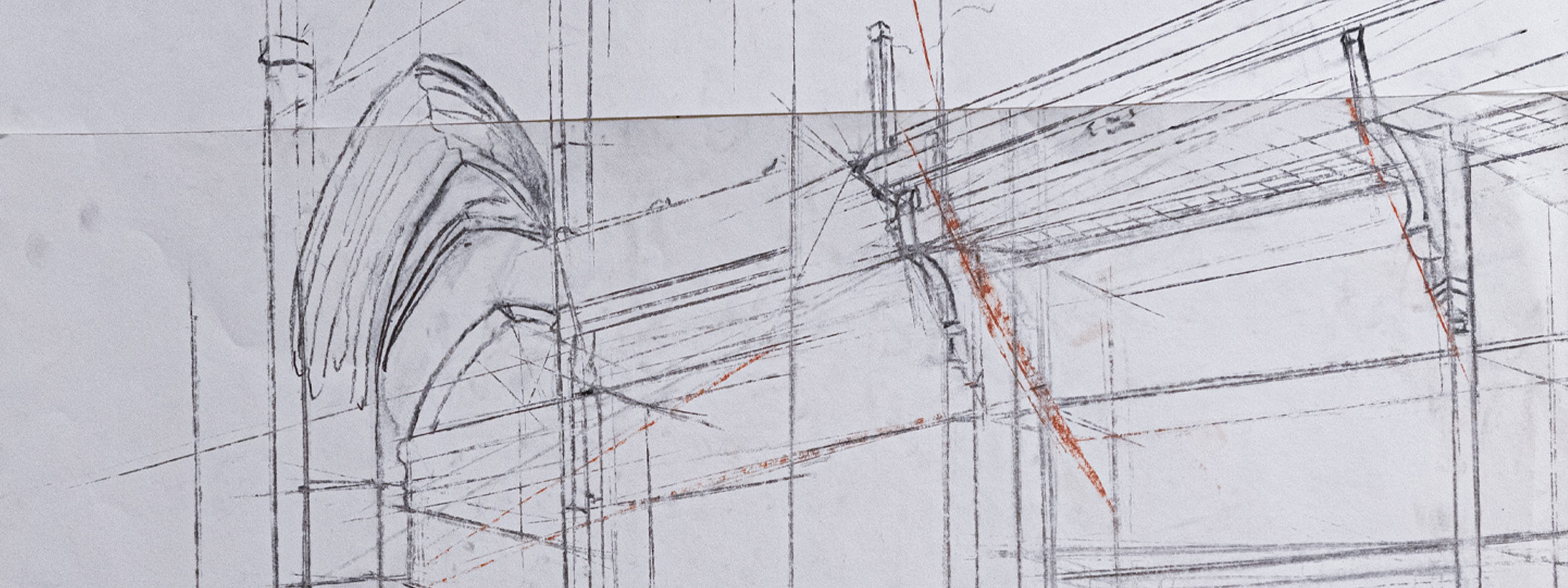As this thesis will demonstrate in the unfolding chapters, there are several key distinctions that can be made about Native American captivity narratives. The drawings associated with captivity narratives from popular "dime novels," such as the title page for Mary Rowlandson's narrative and Opechancanough's Warriors Falling on Virginia Colonists in 1622, in the mid-nineteenth century visualized the Indian as a "savage," while also distinguishing the white population in opposition to the supposed "barbarity" of the Indian. At the same time, the Fort Marion ledger drawings expressed how Native Americans viewed themselves and their incarceration, as a result of defending their communities and families from the white settlers land claims. During the late nineteenth century, the popularity of Western literature and performance rose dramatically and continued to cast the Indian as the violent attacker in shows such as Buffalo Bill's Wild West. However, the controversy that followed the massacre at Wounded Knee in 1890 changed the way that many white Americans felt about the indigenous population and the way that the federal government was treating them. Anglo-American artists such as Couse portrayed the Native American captor as less violent and were more mindful of the future fate of the Indian, as he did in his 1891 painting "The Captive." The turn of the century led the majority of the white American public to see the Indian as having a future within the public realm, but that future was yet undetermined. Contemporary manifestations of nineteenth-century images from captivity narratives in works by Native and non-Native artists, such as Kent Monkman, Arthur Amiotte, and the Mardi Gras Indians, reflect the enduring legacy of the Plains Indian stereotype, as well as how modern Americans are using those stereotypes in order to confront and deflate them.
Alexandra McLafferty. "The American National Plot Visualized: The Reinterpretation of Indian Captivity Narratives at the End of the Nineteenth Century." MA Thesis, University of Washington, 2013.
Adviser
